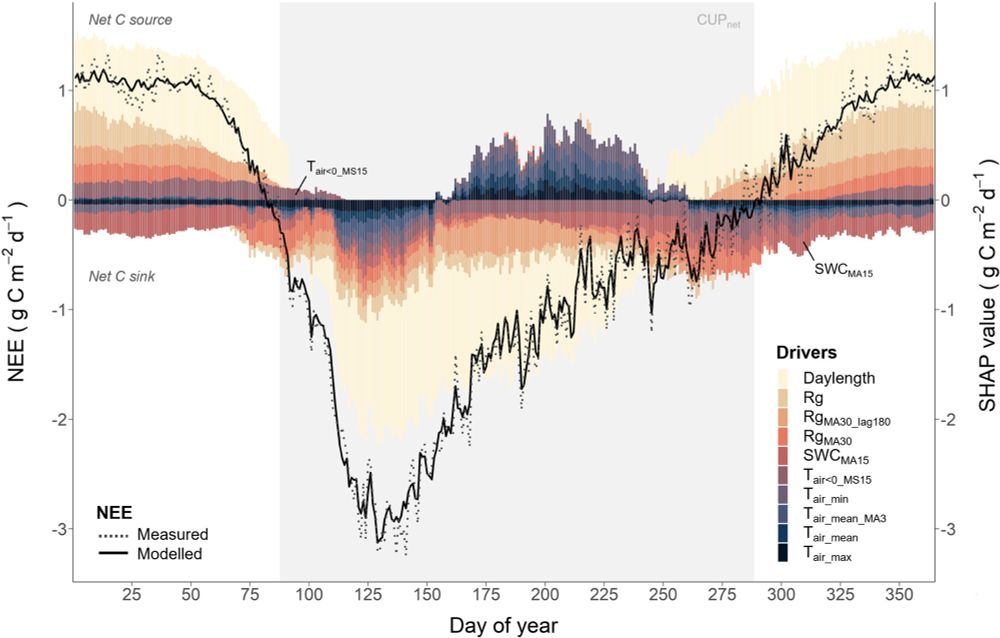

Reposted by: Arthur Geßler
👉 #Panomics to manage combined #abiotic stresses in plants
🔗 www.cell.com/trends/plant...
Congratulations to all authors @agbioworld.bsky.social👏
@plantteaching.bsky.social @cellpress.bsky.social

by Arthur Geßler — Reposted by: Francis Martin
www.sciencedirect.com/science/arti...


"The Arctic Research Consortium of the United States funded programs that aided Indigenous communities and tracked melting sea ice, among dozens of initiatives."

Reposted by: Arthur Geßler


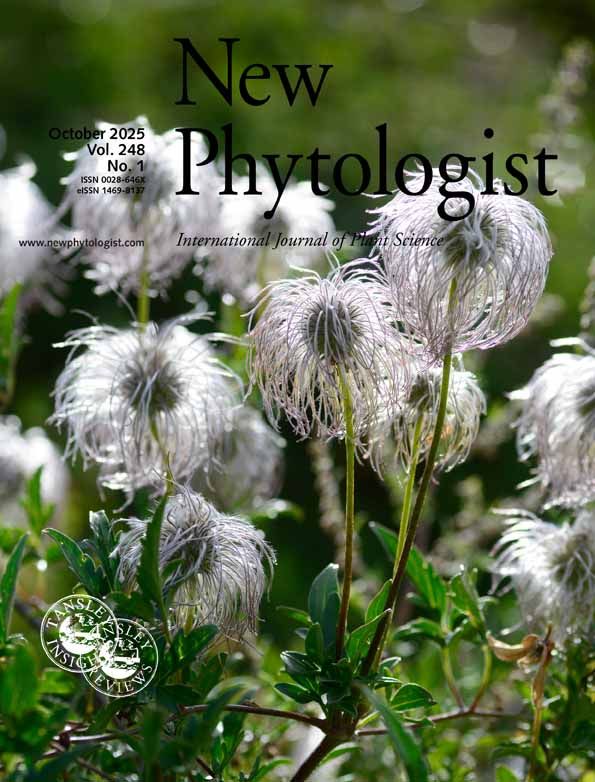


Reposted by: Arthur Geßler, Sonia I. Seneviratne
👉 Full article: go.ethz.ch/2u



by Sonia I. Seneviratne — Reposted by: Arthur Geßler, Valerie M. Delmotte, Peter Thorne , and 10 more Arthur Geßler, Valerie M. Delmotte, Peter Thorne, Wim Thiery, Gavin A. Schmidt, Wolfgang Crämer, Matthias Cuntz, Juan Cole, Dominik Wiedenhofer, John Hogan, Zerina Lokmic‐Tomkins, Béatrice Cointe, Sonia I. Seneviratne
www.nature.com/articles/s41...
Reposted by: Arthur Geßler, Andreas Schweiger


by Arthur Geßler — Reposted by: Matthias Cuntz

Reposted by: Arthur Geßler
Arnold et al. propose a design that will allow ecologists to simulate more realistic heat events in the field by combining a controllable convection heater system with a semi-enclosed chamber with adjustable vents 🌍 🧪
buff.ly/k2GJSA2
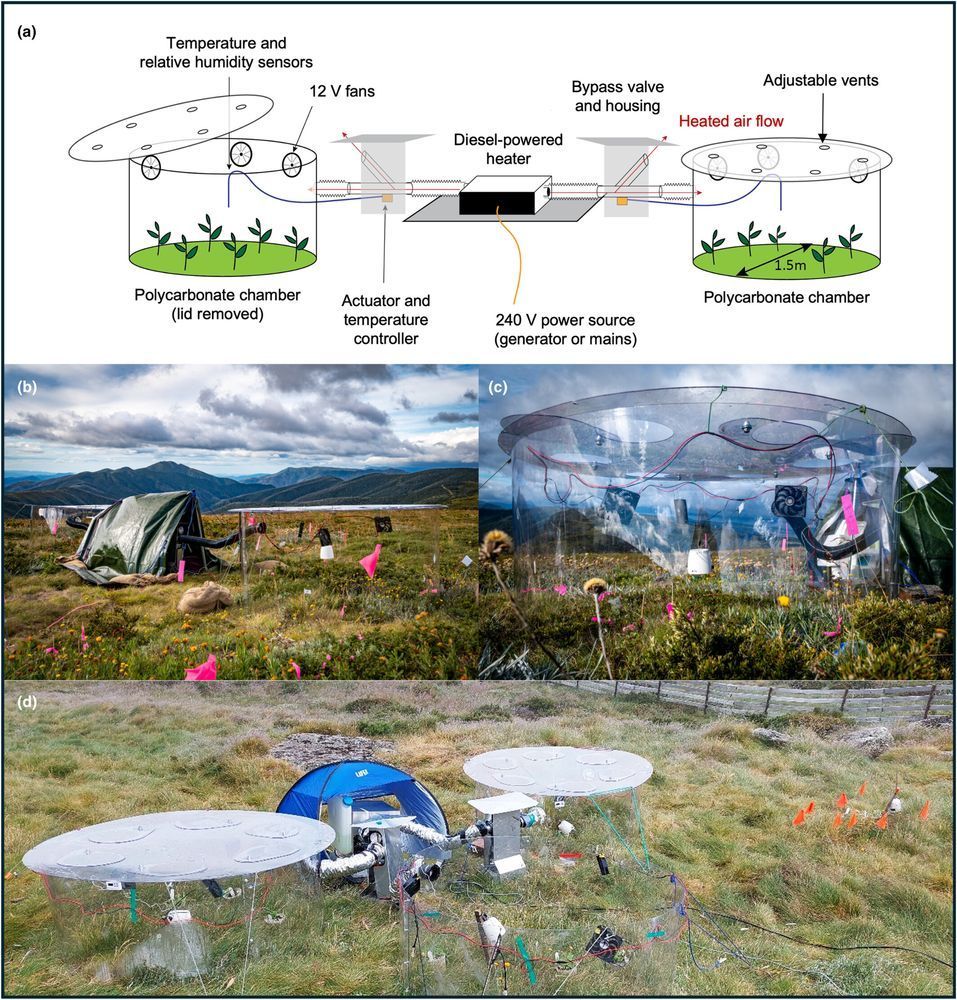
Reposted by: Arthur Geßler, Pieter A. Zuidema, Jason Stajich
Hidden microbial world in trees🌳
Living wood hosts trillions of bacteria making trees a complex ecosystems with major roles in forest health and function.
#PlantMicro #MicroSky
www.nature.com/articles/s41...
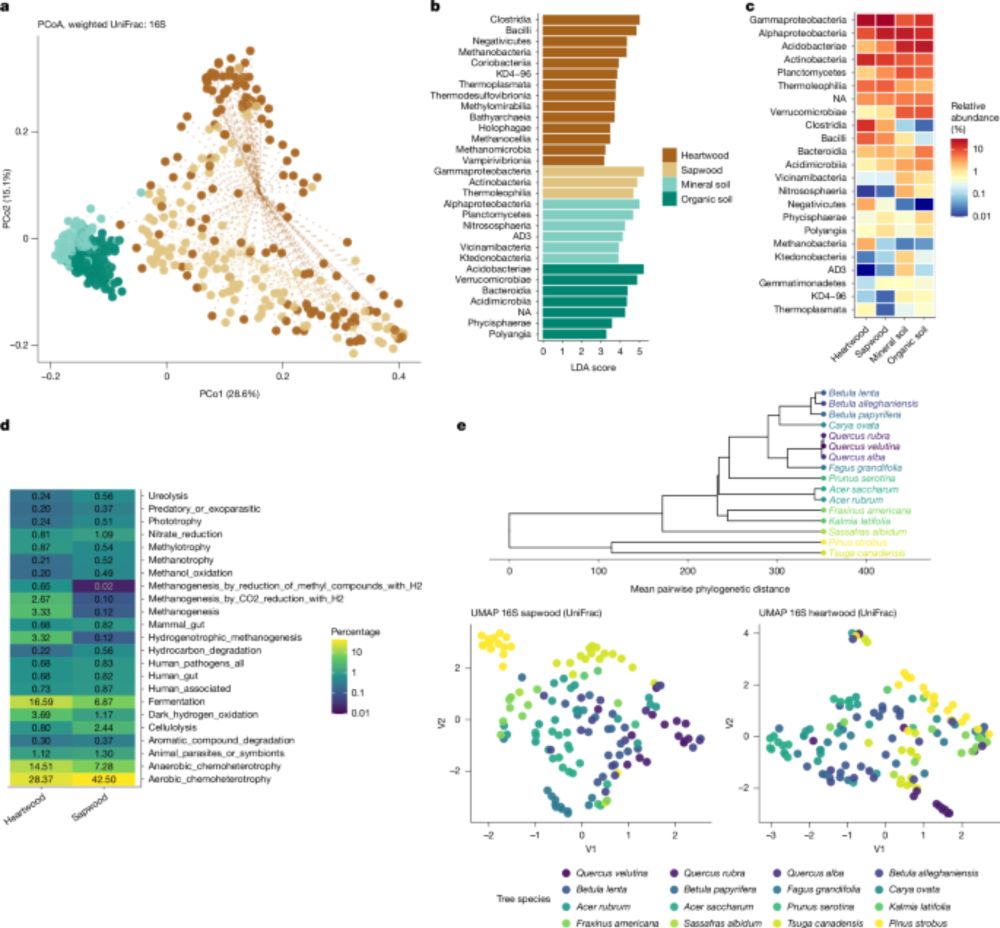
Reposted by: Arthur Geßler
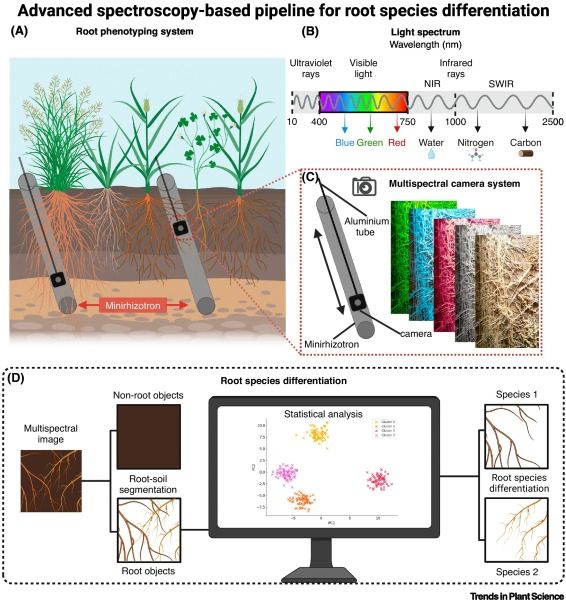
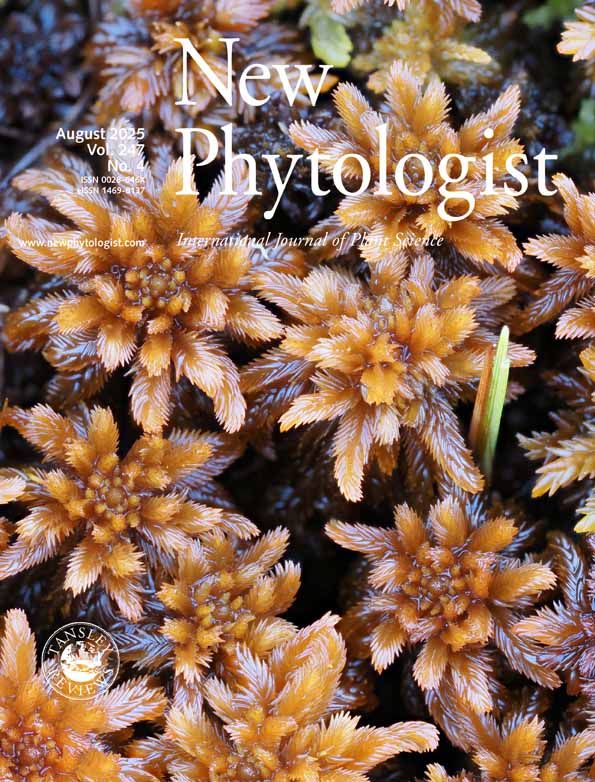
Reposted by: Arthur Geßler, Els Torreele, Paul Ekblom , and 2 more Arthur Geßler, Els Torreele, Paul Ekblom, Rosie Meek, Malcolm Tait
Fascinating article by @dpcarrington.bsky.social
www.theguardian.com/environment/...

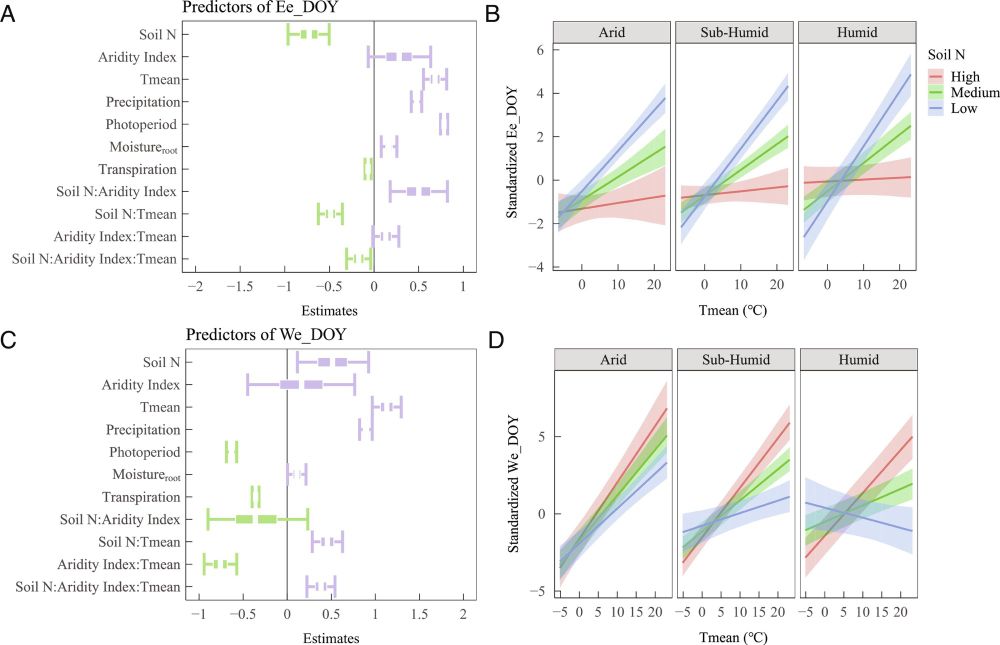
by Arthur Geßler — Reposted by: Andreas Schweiger
